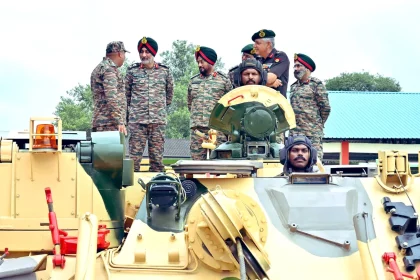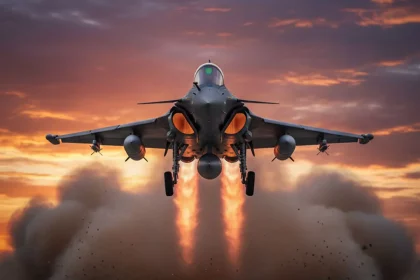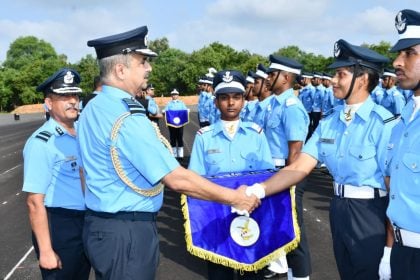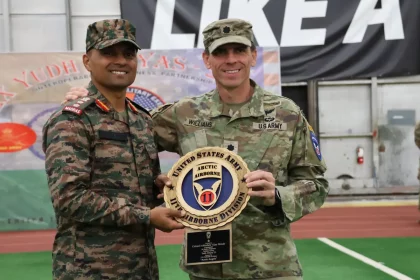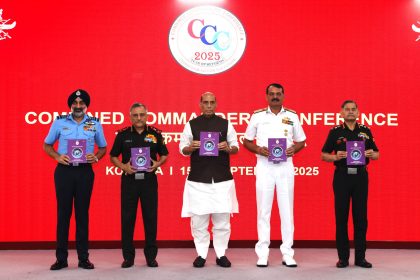Army Base Workshop in Pune Rolls Out Overhauled VT-72B ARV, Boosting Self-Reliance
Lt Gen Aujla Flags Off Restored VT-72B, Marking Milestone in Atmanirbhar Bharat.
5 Fighter Jets That Take Off in Seconds – Speed Meets Power
These jets balance rapid ascent with top speeds exceeding Mach 1.6 and powerful weaponry.
Army Rejects Upgraded Sharang Guns Over Quality Issues; 141 Units on Hold
Indian Army Rejects Sharang 155mm Guns Over Quality Flaws, Raising Questions on Defence PSU Reliability.
How To Pass AFCAT 2026
Passing AFCAT 2026 requires strategic foresight, unwavering discipline, and access to reliable resources.
India-U.S. Joint Military Exercise Yudh Abhyas 2025 Concludes in Alaska
The successful completion of Yudh Abhyas 2025 highlights the interoperability of the Indian and U.S. armed forces.
Go Beyond Traditional Warfare, Be Ready for Unconventional Threats: Rajnath Singh to Armed Forces at Combined Commanders’ Conference 2025
Rajnath Singh urges Armed Forces to embrace technology, jointness, and self-reliance at Combined Commanders’ Conference 2025.

